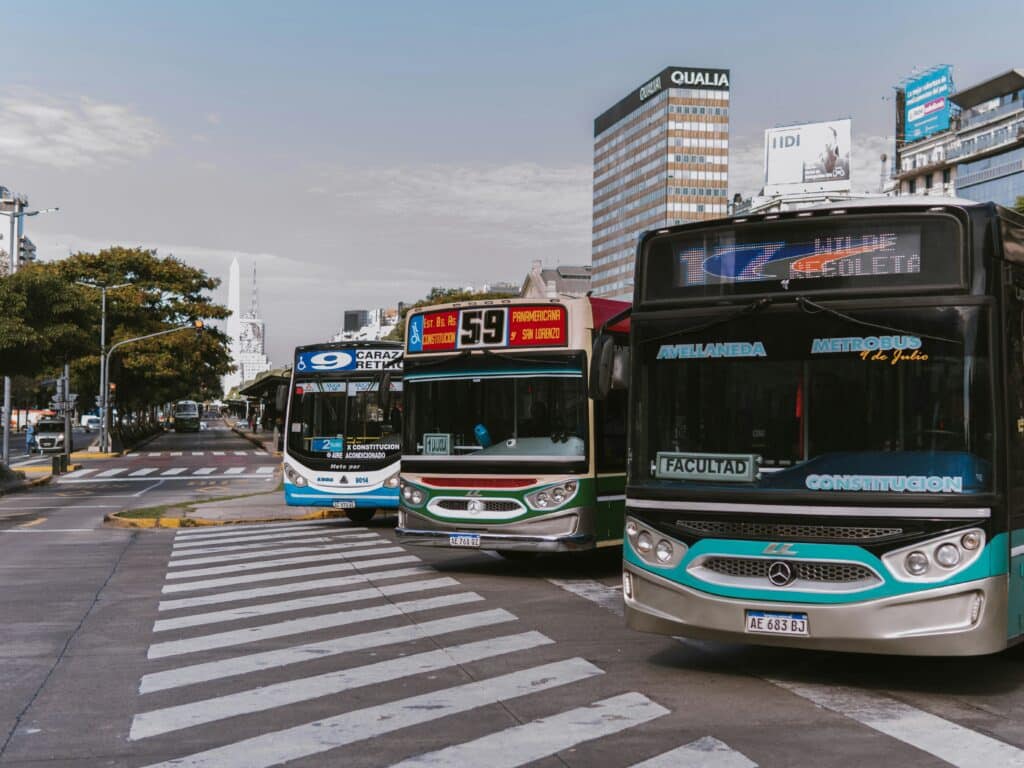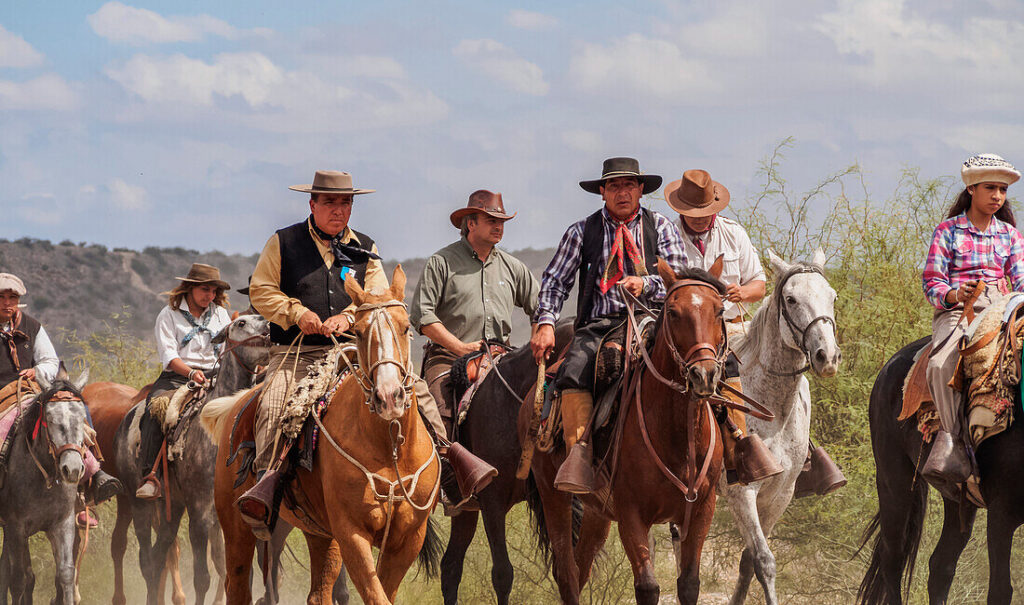Is Buenos Aires Safe? A Comprehensive Guide to Safety in the City
Buenos Aires, the vibrant capital of Argentina, is a city that captivates visitors with its rich history, cultural landmarks, and lively atmosphere. However, like any major city, it raises questions about safety. Whether you’re planning a trip or considering a move, understanding the safety dynamics of Buenos Aires is essential. In this post, we’ll delve into the key aspects of safety in Buenos Aires, compare it to other cities, and provide insights to help you navigate this dynamic metropolis.
Understanding Safety in Buenos Aires
Buenos Aires, like many large cities, has its share of safety concerns, but it’s also a place where millions live and thrive. The city’s safety can vary significantly by neighborhood, time of day, and other factors. According to the Buenos Aires Tourism Board, the city has implemented various safety measures to ensure a secure environment for both residents and visitors. These include increased police presence in tourist areas and improved street lighting in key neighborhoods.
Key Insights on Safety in Buenos Aires
- Neighborhood Variations: Buenos Aires is divided into distinct neighborhoods, each with its own safety profile. Areas like Recoleta, Palermo, and Belgrano are generally considered safe and popular among tourists. However, neighborhoods like La Boca and certain parts of San Telmo can be riskier, especially at night.
- Petty Crime: Petty crimes such as pickpocketing and scams are common in crowded areas and tourist hotspots. Visitors should remain vigilant in places like Florida Street and Plaza de Mayo.
- Violent Crime: While violent crime exists, it is relatively rare for tourists. Most incidents occur in specific contexts, such as armed robberies, which are more common in less affluent areas.
- Protests and Demonstrations: Buenos Aires is known for its active political culture, and protests can occur spontaneously. While these are usually peaceful, they can disrupt traffic and affect certain areas.
Public Transportation Safety in Buenos Aires
Public transportation in Buenos Aires is extensive and affordable, but it also presents its own set of challenges. The city’s buses (colectivos) and subway system (Subte) are convenient but can be crowded, especially during peak hours.
Tips for Using Public Transportation Safely
- Be Mindful of Belongings: Pickpocketing is a concern in crowded buses and trains. Keep a close eye on your belongings and avoid carrying large amounts of cash.
- Avoid Traveling Alone at Night: While the Subte operates until late hours, it’s advisable to avoid traveling alone at night, especially in less frequented areas.
- Use Authorized Taxis: Opt for radio taxis or ride-hailing apps like Uber or Cabify, which are safer than hailing a taxi on the street.
- Stay Informed: Check the Subte website or app for updates on strikes or service disruptions, which can affect your travel plans.
Is It Safe to Walk in Buenos Aires?
Walking is one of the best ways to explore Buenos Aires, but as with any city, there are areas where pedestrians should exercise caution.
Safe Areas for Walking
- Recoleta: Known for its upscale boutiques and restaurants, Recoleta is a safe and pleasant area to walk, even in the evening.
- Palermo: This trendy neighborhood is filled with parks, cafes, and shops. It’s generally safe, though it’s wise to avoid less-lit streets at night.
- Puerto Madero: This modern waterfront district is well-lit and bustling with activity, making it a safe area for walkers.
Areas to Avoid Walking
- La Boca: While La Boca is famous for its colorful houses and tango culture, it’s advisable to visit during the day and avoid walking alone at night.
- Once: This bustling commercial district is busy during the day but can feel unsafe at night due to its crowded and chaotic environment.
- Certain Parts of San Telmo: While San Telmo is a must-visit for its antiques and street markets, some side streets can be deserted and unsafe after dark.
Conclusion: Is Buenos Aires Safe for Visitors?
Buenos Aires is generally safe for visitors, but like any major city, it requires awareness and caution. By understanding the safety dynamics of different neighborhoods, taking necessary precautions with personal belongings, and avoiding risky situations, visitors can have a safe and enjoyable experience in this vibrant city.
Final Tips for Staying Safe in Buenos Aires
- Stay Informed: Keep up-to-date with local news and any safety advisories from your government.
- Be Aware of Your Surroundings: Avoid walking alone in dimly lit or deserted areas, especially at night.
- Use Reliable Transportation: Stick to authorized taxis and ride-hailing apps, and avoid hitchhiking.
- Keep Valuables Secure: Use a money belt or secure bag to carry your belongings, and avoid displaying signs of wealth.
Buenos Aires is a city that rewards those who take the time to understand its rhythms and nuances. With the right precautions, you can fully immerse yourself in its rich cultural offerings and vibrant lifestyle. So pack your bags, embrace the adventure, and let Buenos Aires captivate you with its unique charm.







